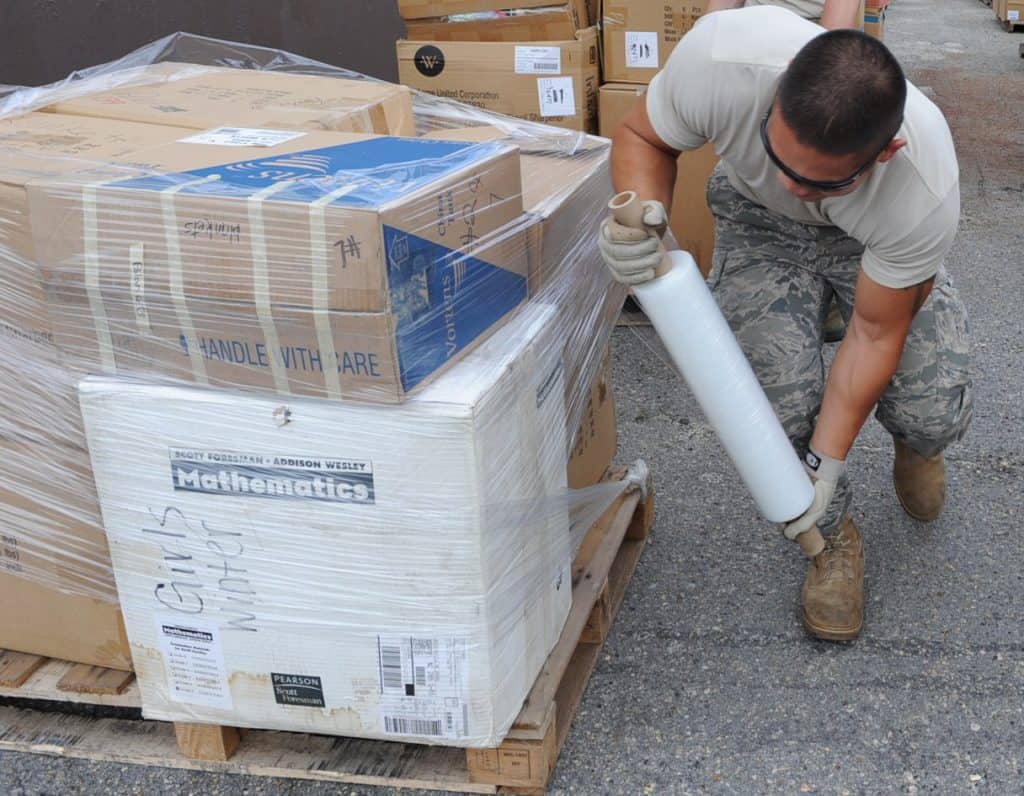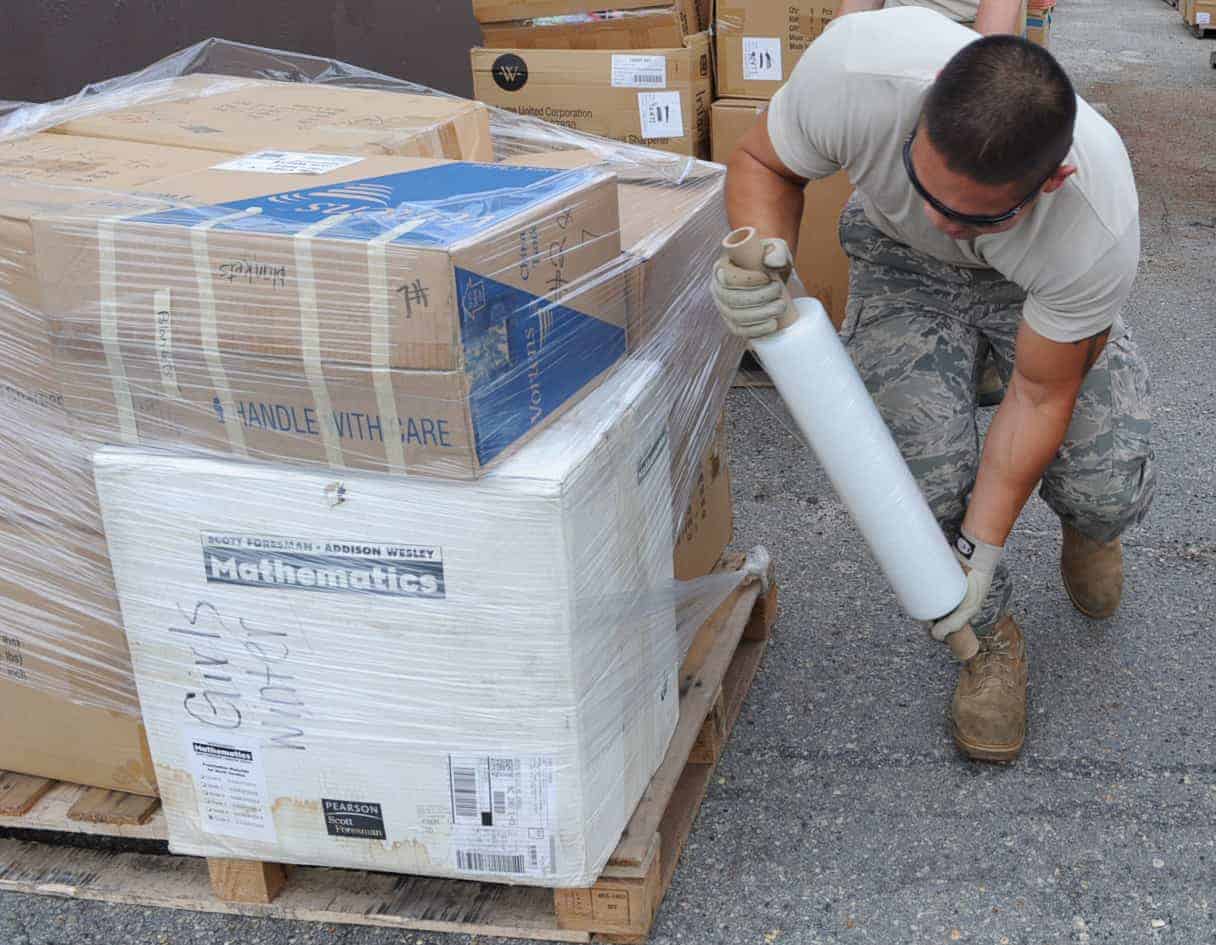Shrink wrap is widely acknowledged as one of the most straightforward methods of packaging an item. With its ability to wrap objects no matter what their shape or size, it has proven to be an effective method. With this in mind, you probably have a vast array of questions regarding its use which you wish to be answered! We’ve compiled a list of some of the most important things that you need to know before considering shrink wrap for your next packaging venture. Find out more below:

What is shrink wrap?
Shrink wrapping is the process whereby an item is covered in a sheet of polyolefin shrink wrap. When heat is applied to the material, it begins to shrink around the object, tightly wrapping it up in the packaging. Shrink wrap comes with many advantages, such as protecting products from any adverse weather conditions, as well as preventing moisture and dust from damaging the item. In addition, it can prevent the exterior of the product from any cosmetic damage that can be caused during transportation, which is also beneficial if it is being wrapped for storage. Lastly, ventilation is possible when an item is shrink wrapped; this is especially useful if your item is likely to get damaged from moisture or water, as it allows it to escape through the packaging.
How does shrink wrap work?
As mentioned above, shrink wrap is heat activated. Frequently a heat gun is used in order to do this, as it allows you to direct the heat exactly where you need it to be. However, a heat tunnel can also be used as it passes an item along the conveyor. Upon contact with the polyolefin film, the plastic begins to shrink and, as it does so, the item placed inside begins to be covered by the material. This shrinks to fit the item tightly, so to remove any air between the product and the wrapping.
What type of film is used?
In most cases, centrefold shrink film is used. This is folded-in-half lengthways before getting rolled onto a tube. The most common variety of this is 24 inches wide, which means that when rolled out flat and without the centrefold, it is actually 48 inches wide. The seem is essential for use in this type of shrink wrap though, as it creates a pocket that is easy for items to be placed inside.
What are the different types of machinery that can be used?
Typically, there are three different assortments of the machine that can be used to shrink wrap items. Firstly, a manual wrapper uses mechanical breaks on a break-resistant system. This works in conjunction with a pole wrapper, which can be extended for more natural use.
Next, a semi-automatic machine which includes a turntable wraps the item by using a rotary arm to pass the plastic film over the product. This works well as an orbital wrapper also works alongside this, feeding the load from a rotating ring of film.
Lastly, an automatic wrapper involved placing the item on a conveyor belt, which passes through the heat tunnel. In this method, an automatic machine cuts the film down to size in order to ensure that it gets the closest wrapping possible.
Here at Kempner, we use a chamber shrink wrap packaging machine, as we believe it is a cost-effective solution. Although this is an entry-level machine, it works well to keep costs low, as well as save space.
How long does the process take?
The process depends entirely on what the item is that you’re looking to wrap, as well as the machine in which you’re planning to do so. Overall, shrink wrapping quick and easy, with smaller items taking approximately 10 seconds, with larger products around 2 minutes.
Is shrink wrap recyclable?
Currently, there are no biodegradable options of shrink wrap available. However, with companies now curious about ways in which we can help the environment, it’s not to say that there won’t be the possibility of eco-friendly shrink wrap in the future.


